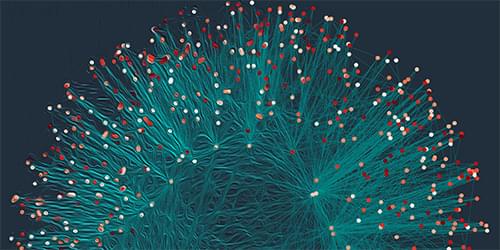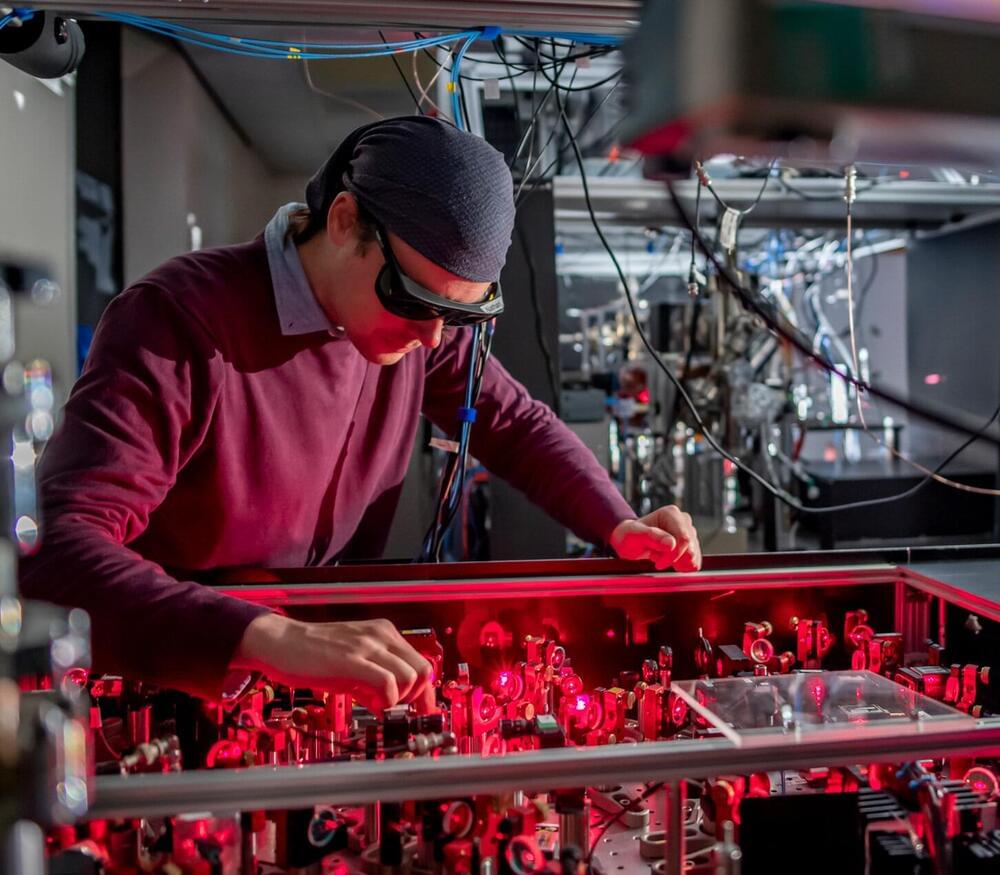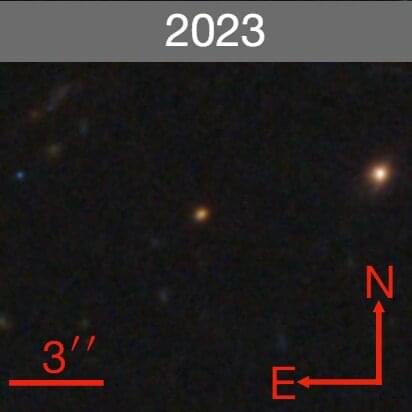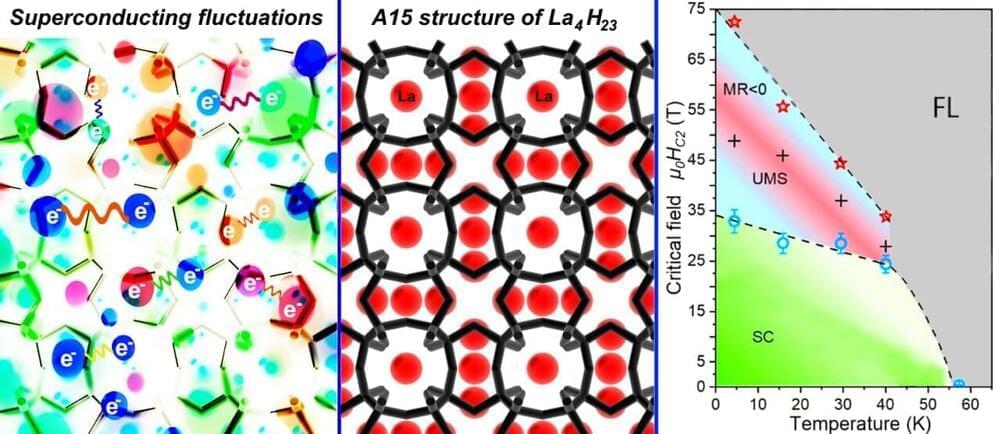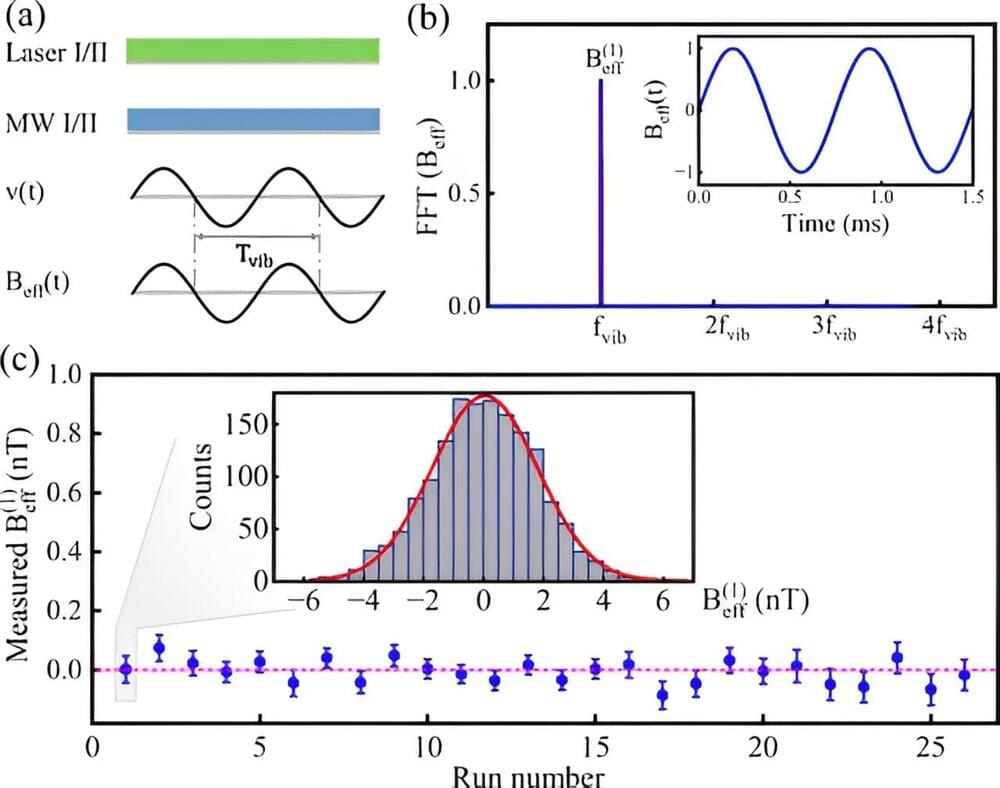Page 1065
Video-to-audio research uses video pixels and text prompts to generate rich soundtracks.
Video generation models are advancing at an incredible pace, but many current systems can only generate silent output. One of the next major steps toward bringing generated movies to life is creating soundtracks for these silent videos.
Today, we’re sharing progress on our video-to-audio (V2A) technology, which makes synchronized audiovisual generation possible. V2A combines video pixels with natural language text prompts to generate rich soundscapes for the on-screen action.
Jun 18, 2024
AI improves human locomotion in robotic exoskeletons, saves 25% energy
Posted by Shubham Ghosh Roy in categories: cyborgs, robotics/AI, transportation
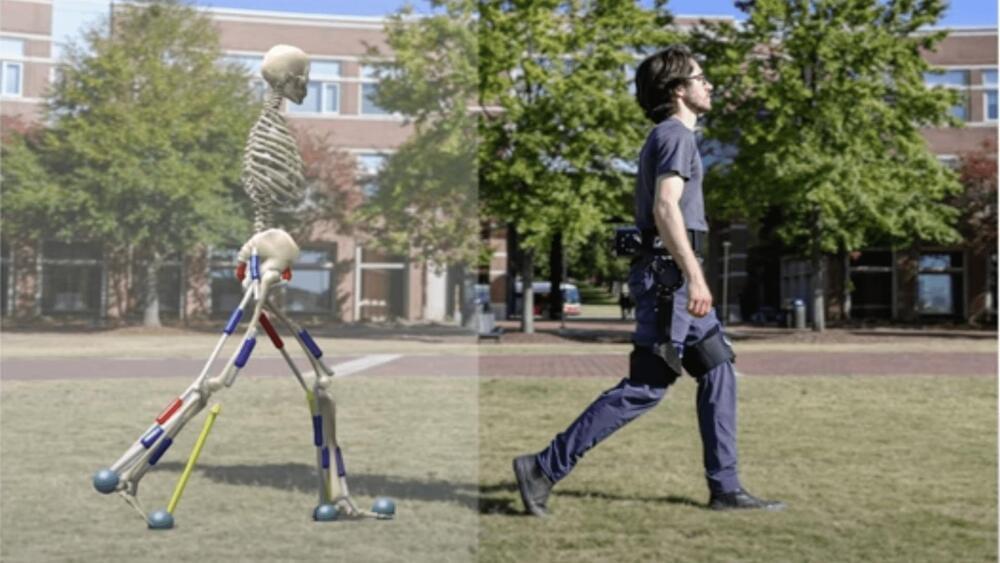
The exoskeleton is being developed for older adults and people with conditions like cerebral palsy:
A new method developed by researchers uses AI and computer simulations to train robotic exoskeletons to autonomously help users save energy.
Continue reading “AI improves human locomotion in robotic exoskeletons, saves 25% energy” »
Jun 18, 2024
Strange Kinetics Shape Network Growth
Posted by Saúl Morales Rodriguéz in categories: finance, information science, particle physics, space travel
A connection between time-varying networks and transport theory opens prospects for developing predictive equations of motion for networks.
Many real-world networks change over time. Think, for example, of social interactions, gene activation in a cell, or strategy making in financial markets, where connections and disconnections occur all the time. Understanding and anticipating these microscopic kinetics is an overarching goal of network science, not least because it could enable the early detection and prevention of natural and human-made disasters. A team led by Fragkiskos Papadopoulos of Cyprus University of Technology has gained groundbreaking insights into this problem by recasting the discrete dynamics of a network as a continuous time series [1] (Fig. 1). In doing so, the researchers have discovered that if the breaking and forming of links are represented as a particle moving in a suitable geometric space, then its motion is subdiffusive—that is, slower than it would be if it diffused normally.
Jun 18, 2024
Scientists develop 3D printed vacuum system that aims to trap dark matter
Posted by Saúl Morales Rodriguéz in category: cosmology
Using a specially designed 3D printed vacuum system, scientists have developed a way to “trap” dark matter with the aim of detecting domain walls. This will be a significant step forwards in unraveling some of the mysteries of the universe.
Jun 18, 2024
New Type Ia supernova discovered
Posted by Saúl Morales Rodriguéz in category: cosmology
Using the James Webb Space Telescope (JWST), astronomers from the Space Telescope Science Institute (STScI) have discovered a new supernova. Designated SN 2023adsy, the newfound stellar explosion is the most distant Type Ia supernova so far detected. The finding was detailed in a research paper published June 7 on the pre-print server arXiv.
Jun 18, 2024
A new compact diffractive imager for subwavelength resolution
Posted by Saúl Morales Rodriguéz in categories: innovation, materials
UCLA researchers have created a new type of imager that can capture features much smaller than the limitations of traditional optical systems. This innovation has the potential to revolutionize fields like bioimaging, lithography and material science. The research is published in the journal eLight.
Jun 18, 2024
Strange metal state discovered in hydrogen-rich compound of lanthanum under pressure
Posted by Saúl Morales Rodriguéz in category: materials
Researchers from Skoltech, Jilin University and Beijing HPSTAR in China, and their German colleagues have synthesized and studied a new type of hydrogen-rich superconductor. Technically referred to as an A15-type lanthanum superhydride, with the formula La4H23, it shows superconductivity below minus 168 degrees Celsius at a pressure of 1.2 million atmospheres. The research results were published in the National Science Review.
Polyhydrides are a novel class of compounds synthesized at about 1 million times the normal atmospheric pressure on Earth. They can exhibit unique superconducting properties with record-high critical temperatures of up to-23 C in lanthanum decahydride LaH10, critical magnetic fields reaching 300 tesla, and critical current densities.
Even compared to other similar hydrides, the newly discovered La4H23 behaves unusually: It has a negative temperature coefficient of electrical resistance in a certain pressure range. That is, unlike ordinary metals, with a decrease in temperature its electrical resistance does not decrease but grows, the way it happens in semiconductors and many unconventional superconductors, such as cuprates.
Jun 18, 2024
Study proposes new constraints on exotic spin-spin-velocity-dependent interactions between electron spins
Posted by Saúl Morales Rodriguéz in categories: electronics, quantum physics
A research team has utilized solid-state spin quantum sensors to scrutinize exotic spin-spin-velocity-dependent interactions (SSIVDs) at short force ranges, reporting new experimental results between electron spins. Their work has been published in Physical Review Letters.
Jun 18, 2024
Squeezing Schrödinger’s cat may increase quantum sensitivity
Posted by Saúl Morales Rodriguéz in category: quantum physics
One of the most counter-intuitive aspects of quantum physics is the idea that a quantum system, unlike a physical system governed by the everyday physics of the macroscopic universe, can exist in two states at once even if these states are contradictory.


